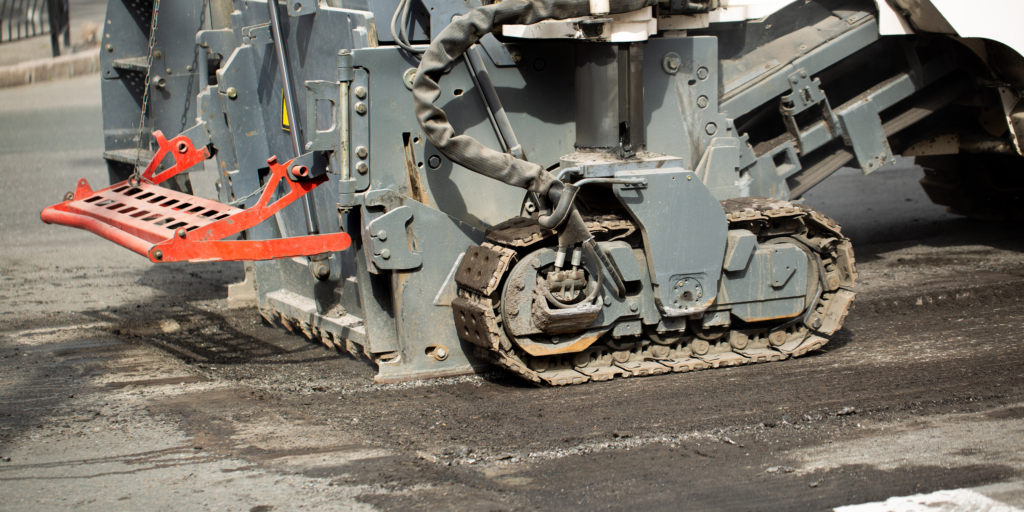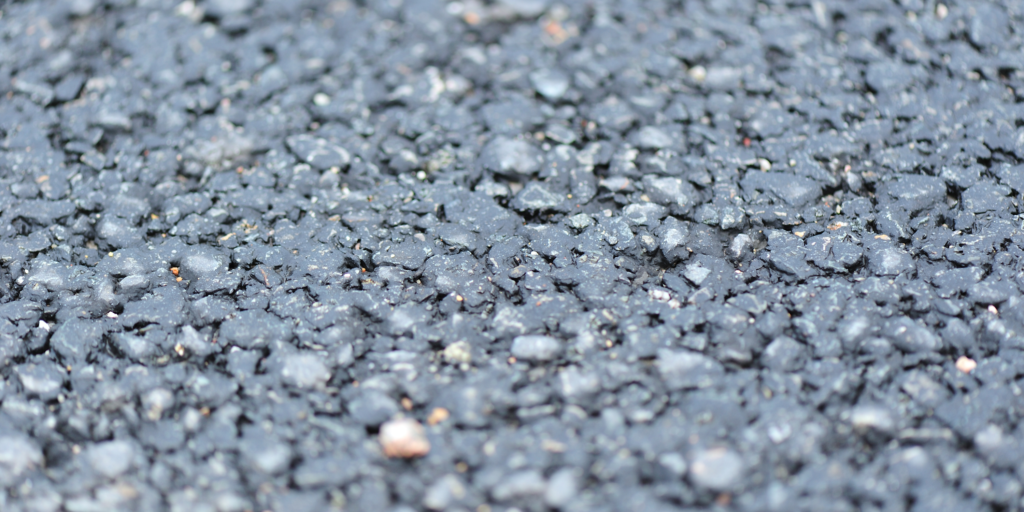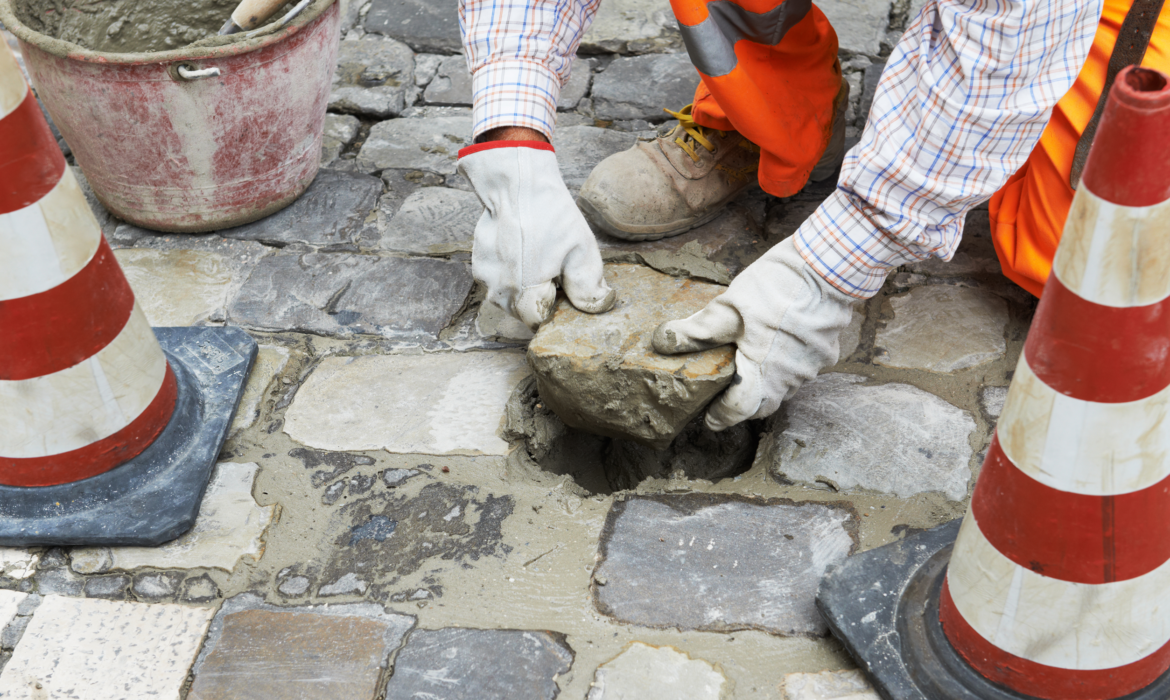In order to ensure the safe and smooth movement of both automobiles and pedestrians, pavement is a crucial component of our infrastructure. However, pavement can develop cracks, potholes, and other problems due to wear and tear over time. In addition to detracting from the pavement’s aesthetic value, this degradation creates safety hazards and, if unchecked, can lead to much more extensive damage.
To keep pavement in good repair and extend its useful life, routine maintenance is essential. Property owners, contractors, and municipalities can avoid significant and expensive reconstruction projects by prioritizing preventative measures and making repairs promptly. Milling blacktop is one such crucial stage in paving repairs and maintenance.
Understanding the Milling Process
The construction industry frequently uses milling as a method to remove a specific layer of pavement. It makes use of massive gears that spin drums that are toothed or bitted. Bits or teeth on the machine grind away at the asphalt as it rolls over the surface, leaving a leveled and smooth finish.
Milling depth is adjustable in relation to damage level and final product specifications. A few millimeters up to a few inches is possible. Because the millings, or removed asphalt, may be reused or recycled, milling is a green solution.
Benefits of Milling Blacktop for Pavement Repair
When it comes to fixing pavement, milling blacktop has many advantages. To begin with, it aids in the removal of preexisting faults like ruts, potholes, or uneven surfaces. Not only do these flaws detract from the pavement’s visual appeal, but they also endanger drivers and pedestrians. Milling eliminates these flaws, leaving behind a level and smooth surface that is safer and more enjoyable for everyone.

The capacity to properly attach the new pavement materials to the old surface is another major benefit of milling. Milling the surface improves the adhesion of subsequent asphalt layers, leading to a smoother, more consistent surface. The restored pavement is now more resilient and can endure severe weather and high traffic thanks to this stronger bond.
The correct pavement slope and drainage can be restored by milling the blacktop as well. Puddles and water buildup can result from surface irregularities that worsen with time. Damage from standing water can be avoided by milling the surface to level off any imperfections. This also allows water to flow away from the pavement.
Proper Disposal of Milled Asphalt
As was already established, millings are the asphalt pieces that are taken out during the milling process. An environmentally beneficial option is provided by the reusability and recycling of these millings. In order to obtain the millings for additional processing, several milling firms have contracts with recycling facilities. Reusing millings decreases waste and natural resource use in addition to lowering the demand for new asphalt supplies. New pavement can also be made more durable and of higher quality by incorporating recycled asphalt into it.
Cost Considerations for Milling Blacktop
The cost of milling a blacktop can vary based on numerous factors, including the size of the area to be milled, the depth of the milling, the level of repairs required, and the local market conditions. Comparing costs and services is advised by requesting numerous bids from reliable milling firms.
Milling delivers long-term cost benefits, even though it may initially cost more than straightforward patching or filling. The pavement’s lifespan can be increased through milling, which addresses the underlying problems and offers a long-lasting solution, hence lowering the need for future repairs or full reconstruction.

Conclusion: The Long-Term Benefits of Milling for Pavement Repair
In order to maintain and restore pavement, blacktop must be milled. Defects are removed, new pavement materials bind better, and proper slope and drainage are restored, to name just a few of its many advantages. Property owners, builders, and municipalities can guarantee a seamless and long-lasting repair by working with a qualified milling contractor and adhering to the correct procedures.
There may be an upfront expense associated with milling, but in the long run, the advantages are enormous. It reduces the need for regular repairs or major reconstruction by prolonging the pavement’s lifespan, which saves time and money. Hence, for a durable and efficient fix, think about the significance of milling blacktop, regardless of the extent of the crack or the state of the asphalt surface decay.

